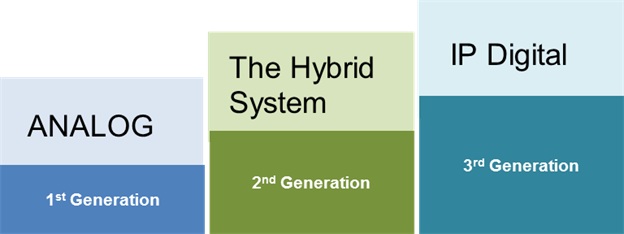Video content analytics determines temporal events, which are not based on a single image. These services are similar to biological visual cortex. Video analytics have numerous applications ranging from entertainment to transport and from healthcare to security. Real-time access and analysis of the movements and recognition of apprehensive behavior are key factors for the demand in the global video analytics market. Growing applications and technological advancements are creating strong growth prospects for the industry for the years to come. According to the experts, the industry will continue its high growth rate for the next few years to come. During this period, more and more companies are expected to expand their businesses across new marketplaces.
Drivers and Trends in Intelligent Video Analytics
Intelligent video analytics utilizes centralized processing power to track moving objects on the basis of their size and shape. This tracking helps them analyze these activities based on the standard rules and regulations. As a result, these services are commonly used in analyzing traffic patterns, training, studying marketing effectiveness, improving building designs, and carrying out various surveillance activities. Apart from identification of the desired or suspicious incidents, these systems also encode videos and metadata for effective search across the stored information. Rising applications across different industrial verticals is a strong driver for the technologies like video analytics on global scale.
Global intelligent video analytics market is also gaining strong hopes in terms of growth and demand, thanks to growing applications within the surveillance segment. They are emerging as a strong tool for actionable intelligence and data analysis in the real time. These systems have three generations, which include analog (1st), hybrid systems (2nd) and IP digital (3rd). Deployment of enough manpower to observe and analysis the data made available by the video systems is a major restrain for the global industry. All the aforementioned factors influence the current trends, growth prospects, opportunities and future development patterns for the industry.
The strongest areas with largest demand for these systems include airports, maritime security, border control and perimeter security, critical infrastructure protection, urban security and public safety, BFSI, entertainment, recreational and shopping centers, commercial, offices, public and government buildings, industrial plants and factories, logistics, transportation, residential, sports, healthcare, and all the other crucial industrial verticals. Global market is poised to grow at an impressive CAGR of over 30% during the forecasting period of four to five years, from 2012 to 2017. At the projected CAGR, the industry is projected to reach $867.8 million by 2017.

